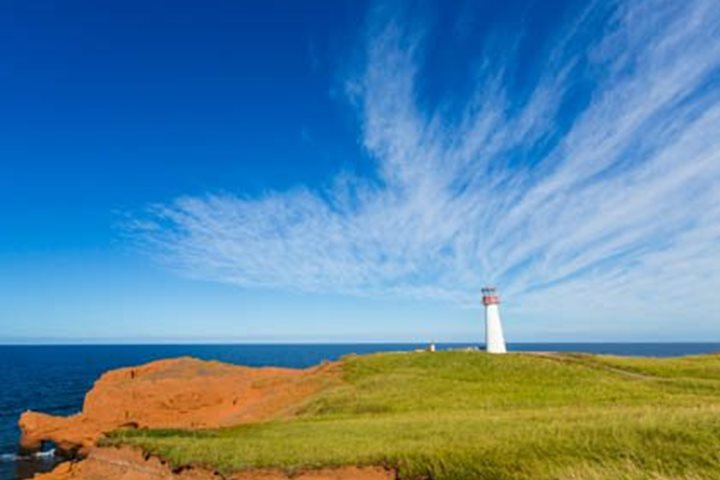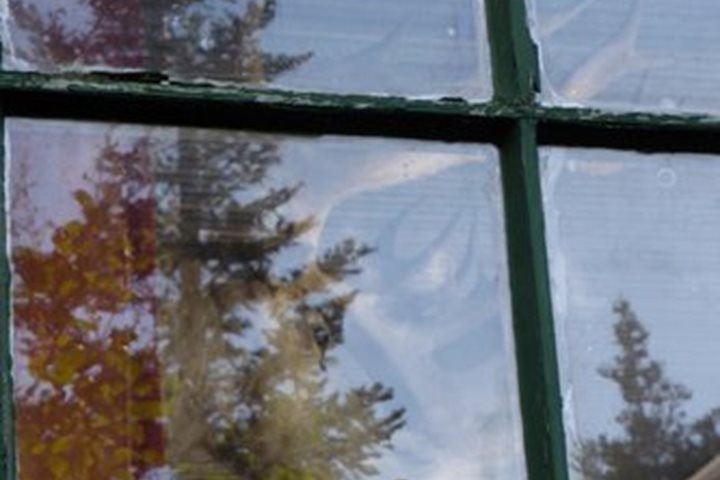Imagine yourself in the Royal Navy, sailing through ice-choked waters in search of the Northwest Passage. Perhaps you were a midshipman, only eleven years old, the second or subsequent son of a titled family. Your father had only one peerage and one estate to bestow and those went to your older brother. You could only hope for a career in the Royal Navy, and your father used his influence to gain you appointment as a "volunteer." With Napoleon defeated and no battles to be fought, the Northwest Passage was your only avenue to promotion and fame.
Were you an ordinary seaman living "below decks"? You enlisted to avoid the grinding poverty of some coastal city. (Or were you nabbed by a press gang while you were besotted with grog?) At least you had three meals and a pint of grog daily: "salt horse" and weevil-infested hardtack, and the rum increasingly watered as the level went down in the barrel. Port and starboard watches, four hours above deck and four hours below, but you could be ordered topside at any moment. Every turn of the ship required that you scramble up the rigging to work the cold, heavy canvas sails. Caught stealing an extra tot of grog and you felt the lash. But mind your tongue and serve the Crown well and you might win a promotion to bos'n, or even master's mate. You volunteered for Arctic duty for the double pay it offered and, perhaps, the chance to share in the prize offered by the Admiralty to the first ship to traverse the Passage. With that prize, you could retire, open your own dockside pub, and regale your clients with tales of your Arctic service.
Imagine navigating through the Arctic ice: no soundings, no sonar, no charts, no knowledge of where the open water might lead you. Is this yet another blind inlet, or is it the long-sought path to Cathay? When the wind stopped, your ship stopped, and you were ordered into the boats to tow the ship through the ice, or you resorted to warping. An anchor was put into the boat and towed to an iceberg or large floe of sea ice, and then your mates manned the capstan to inch the ship forward. Over and over, a ship's length at a time, you advanced through the ice, all the while praying (if you were a praying man) that the wind would not pick up, lest you be "nipped" by the ice, your ship caught in a cold, white vise from which there was no escape. A sailor's greatest fear was that a gale would force you against a lee shore, your ship crushed between ice and land, your bones to remain forever in this frigid land, no gravestone to watch over your final sleep. So pull your oars and turn the capstan smartly, lads, while the fiddler plays a lively tune.
Today National Geographic Explorer has navigated through Prince Regent Inlet and the Gulf of Boothia, heading toward Fury and Hecla Strait. This narrow, ice-clogged channel was found by William Edward Parry on the second of his four voyages in search of the Northwest Passage, and is named for his two ships. His third voyage, with the same two vessels, ended in 1825 when ice pushed HMS Fury against a lee shore on the west side of Prince Regent Inlet. Her provisions were put ashore at Fury Beach, on Summerset Island, and the ship was abandoned. Several years later, in 1832-33, these provisions and Fury's boats saved the lives of John Ross and his crew after their small ship, Victory, could not escape from the ice. We sailed past Fury Beach last night.
Today, we are assisted by satellite-generated ice charts and the latest in marine electronics, but our greatest asset is the experience of our ice team: Captain, Ice Pilot, Ice Master, and Chief Mate. Their attention is riveted on the ice ahead as they pick out the most promising path. Even with all our modern aids, navigation through ice is serious business. It shows in the intensity of our ice team as they pour over the charts. Their concentration encourages us to speak in hushed voices on the bridge of Explorer, and reinforces the fact that we are on an expedition, not a cruise. What has Fury and Hecla Strait in store for us? Stay tuned.




.jpg?width=106&height=85&mode=crop&scale=both&quality=50)


